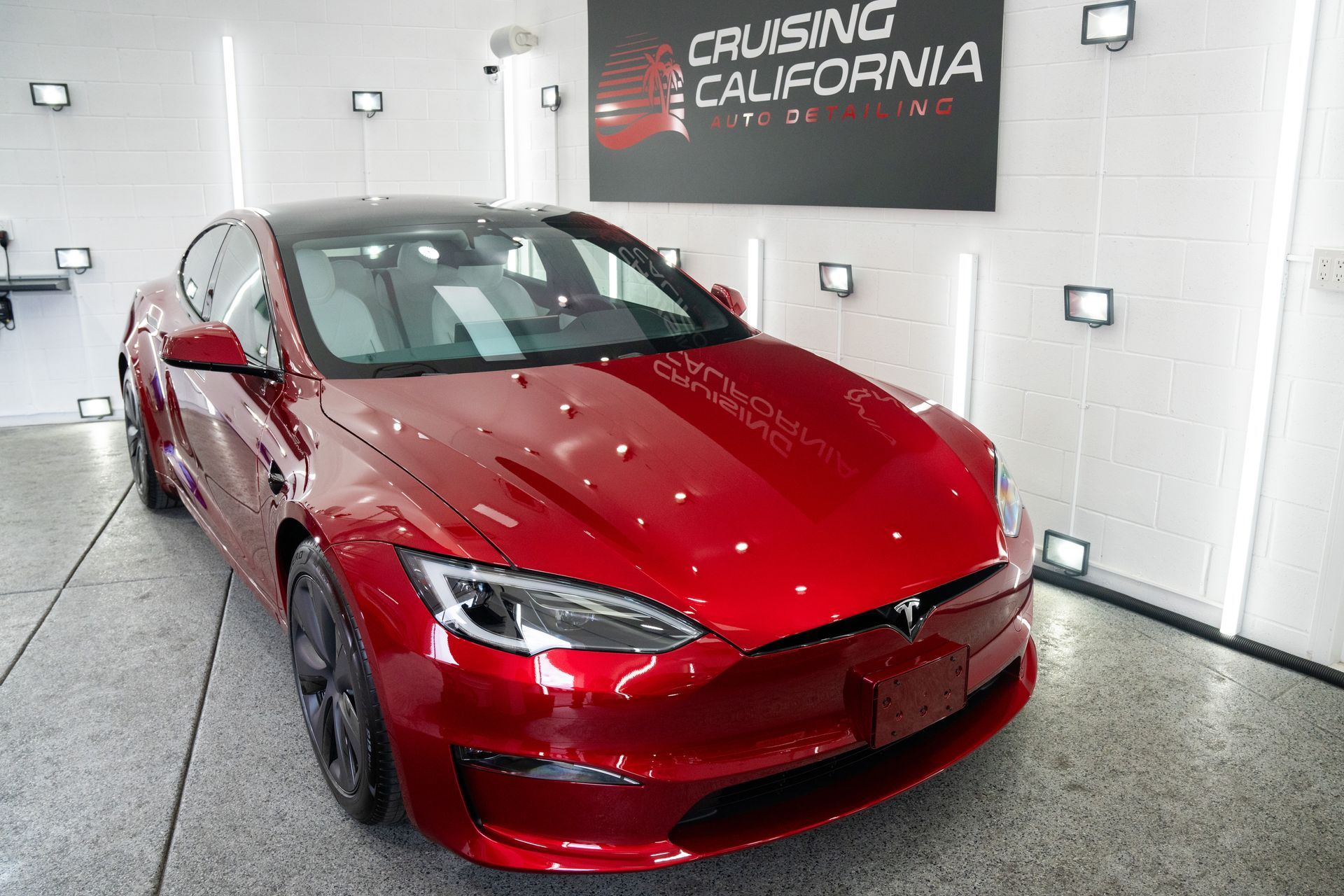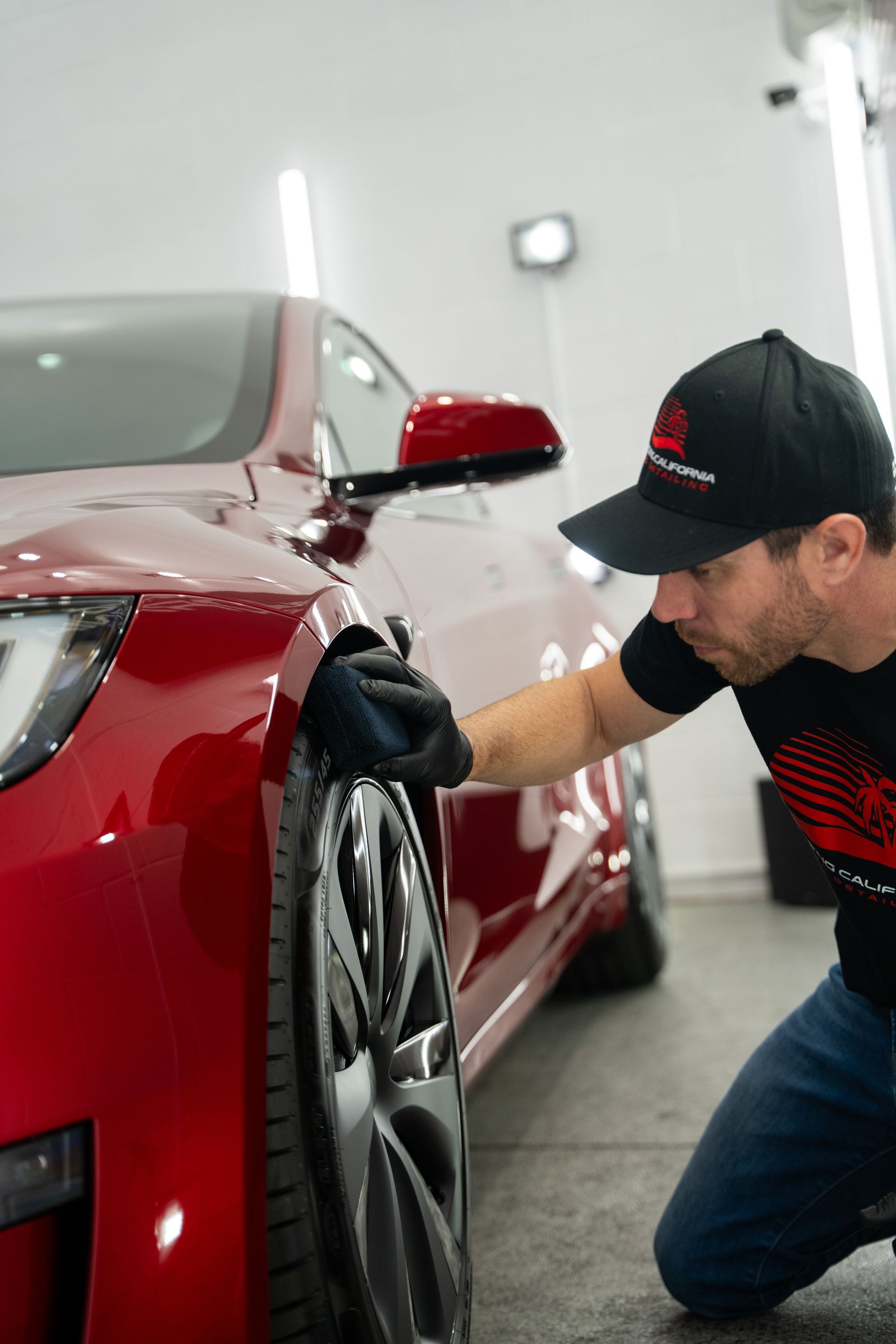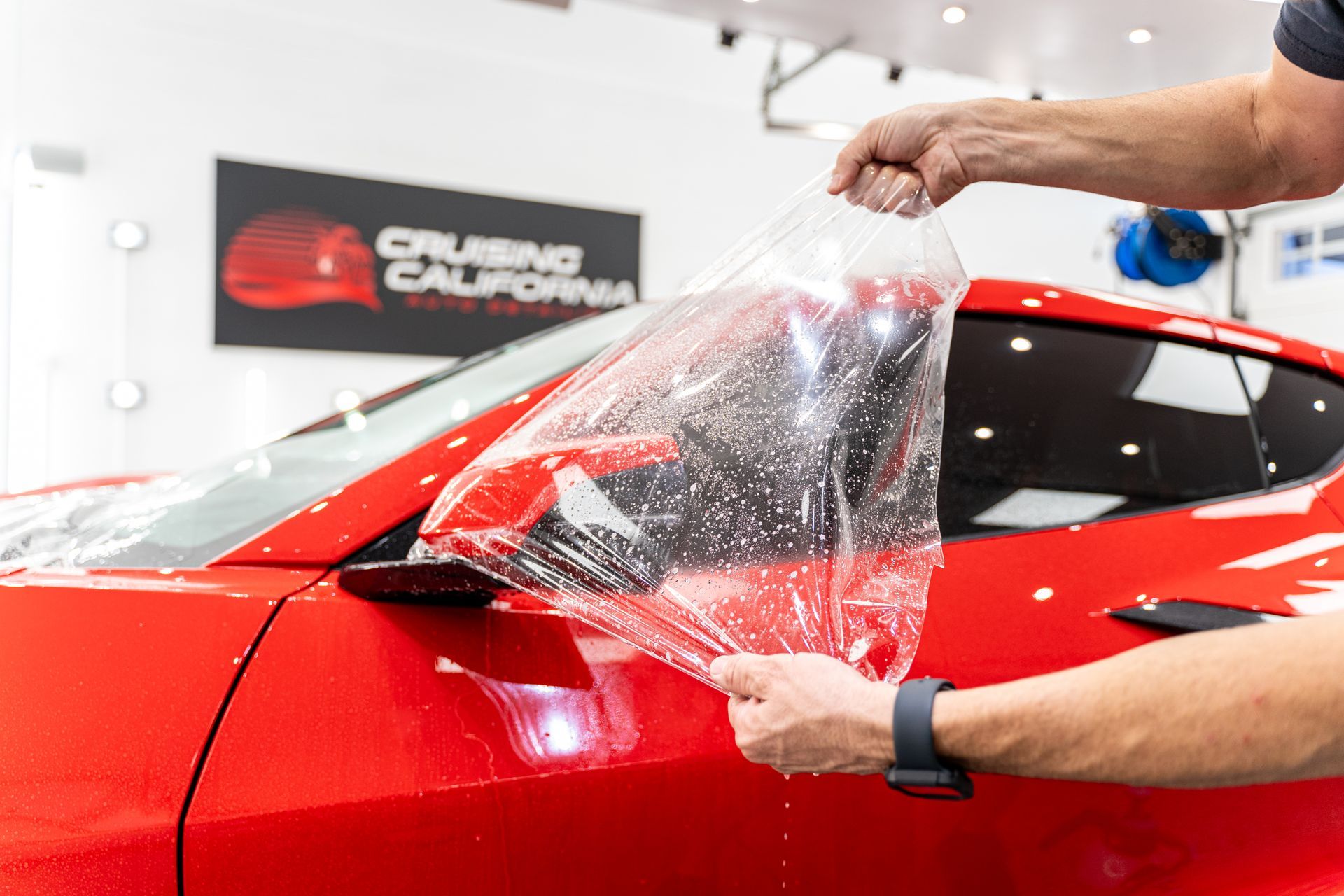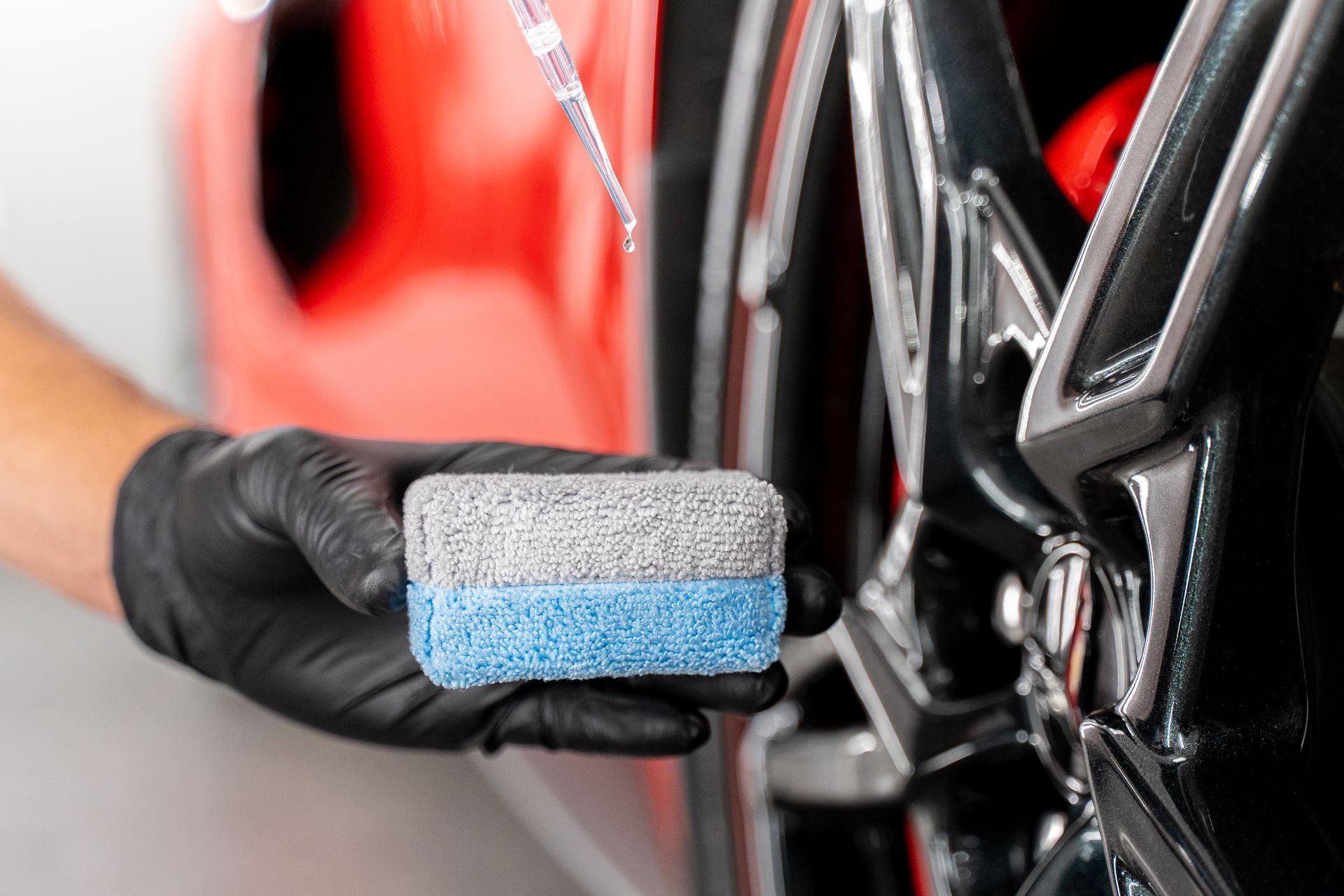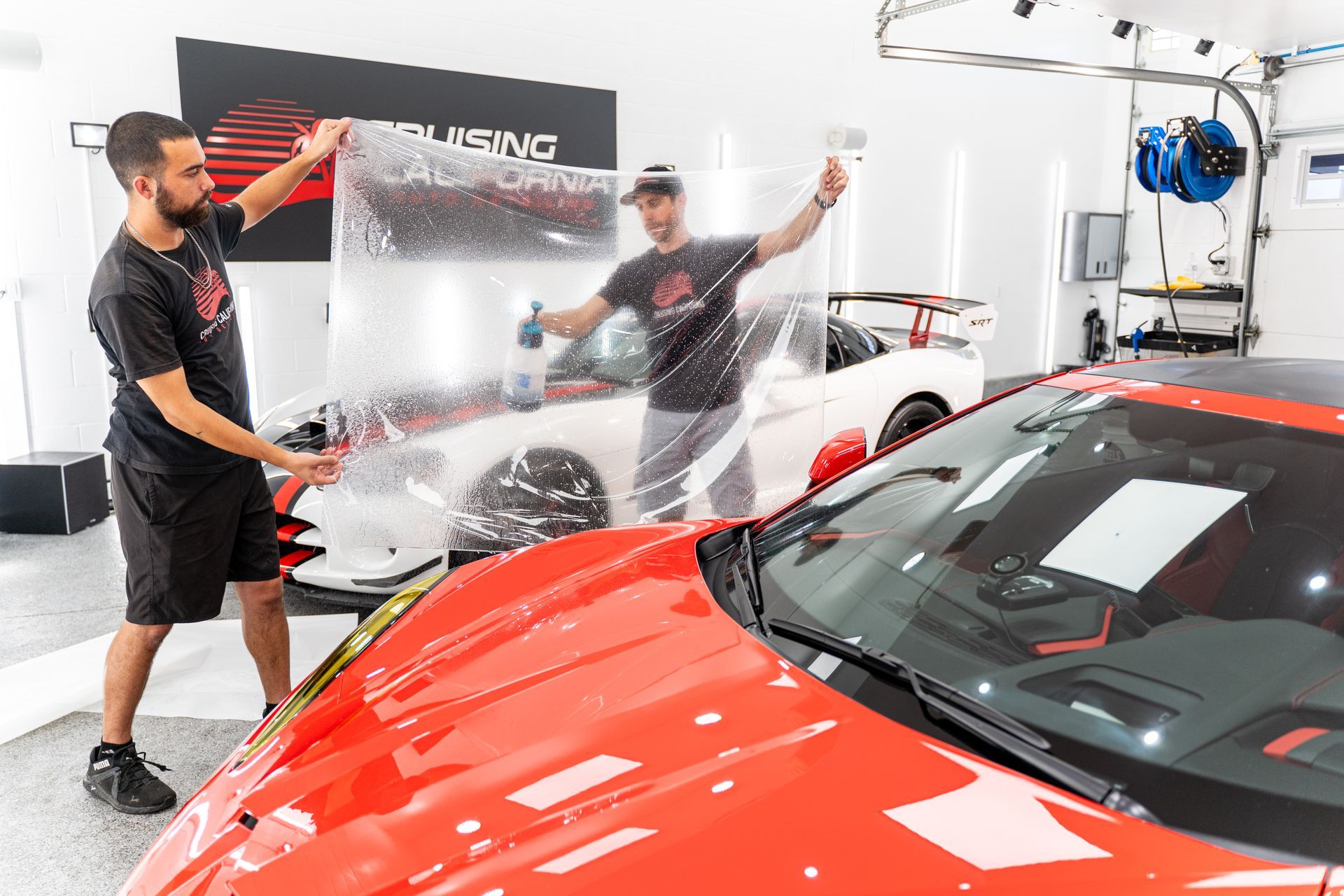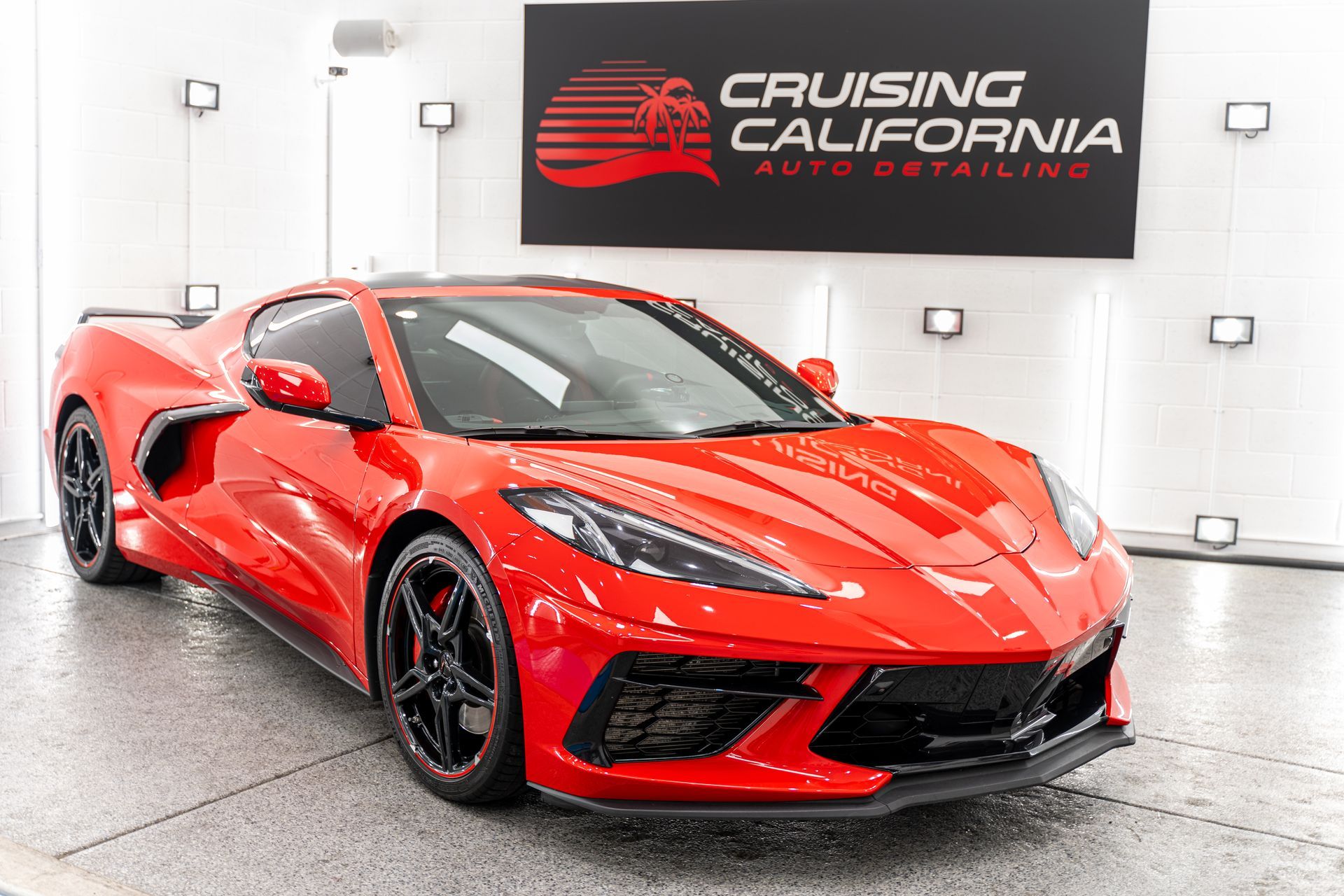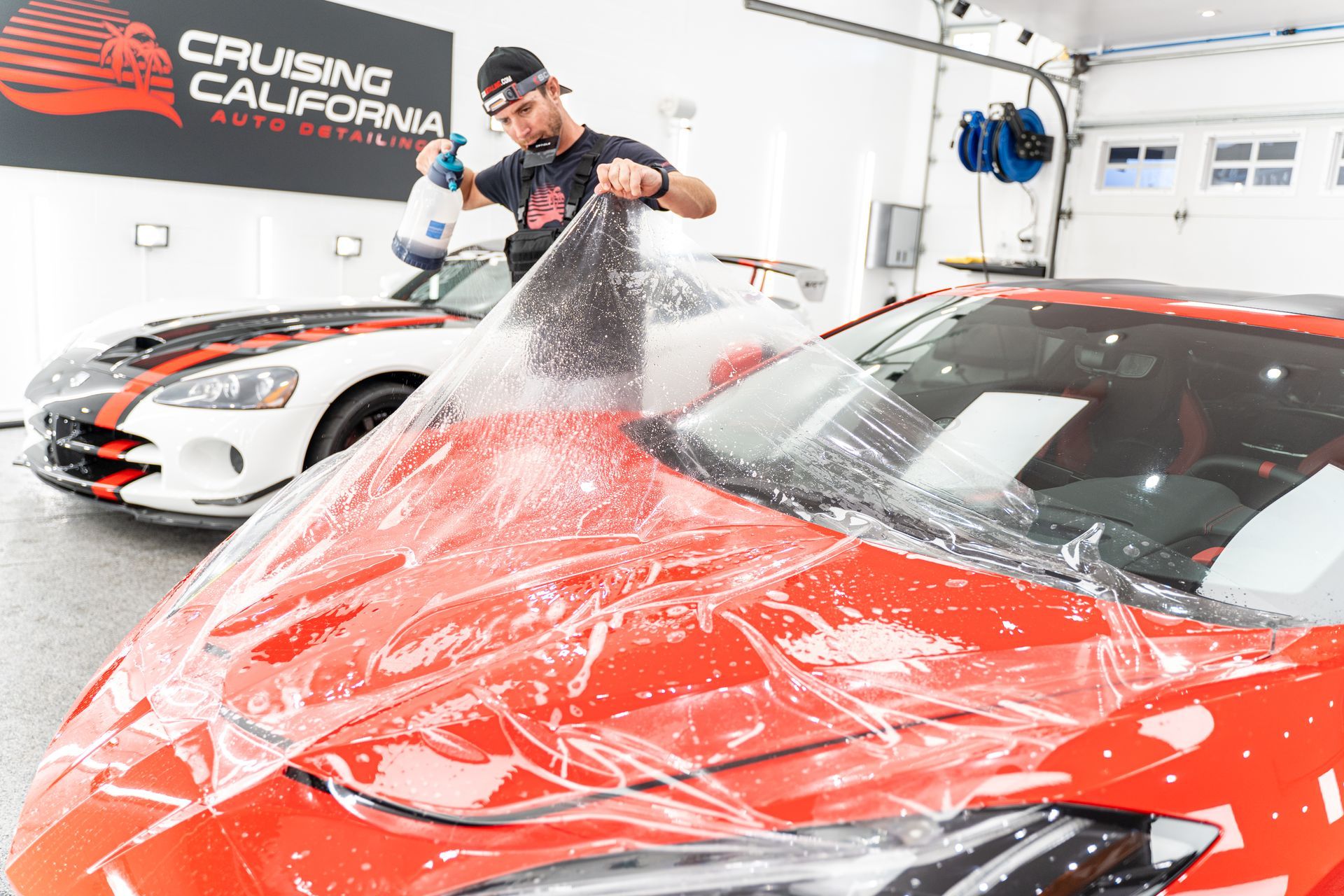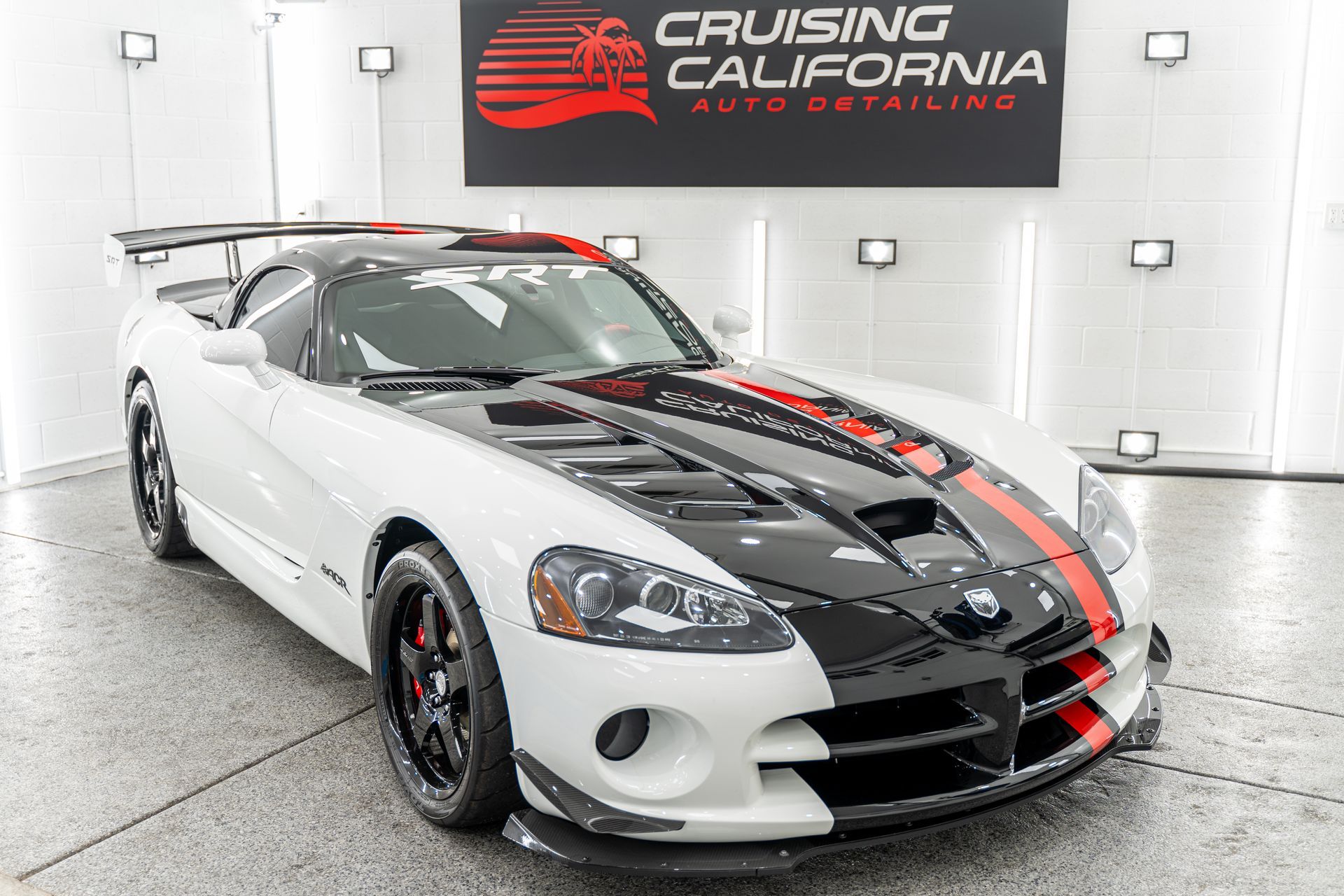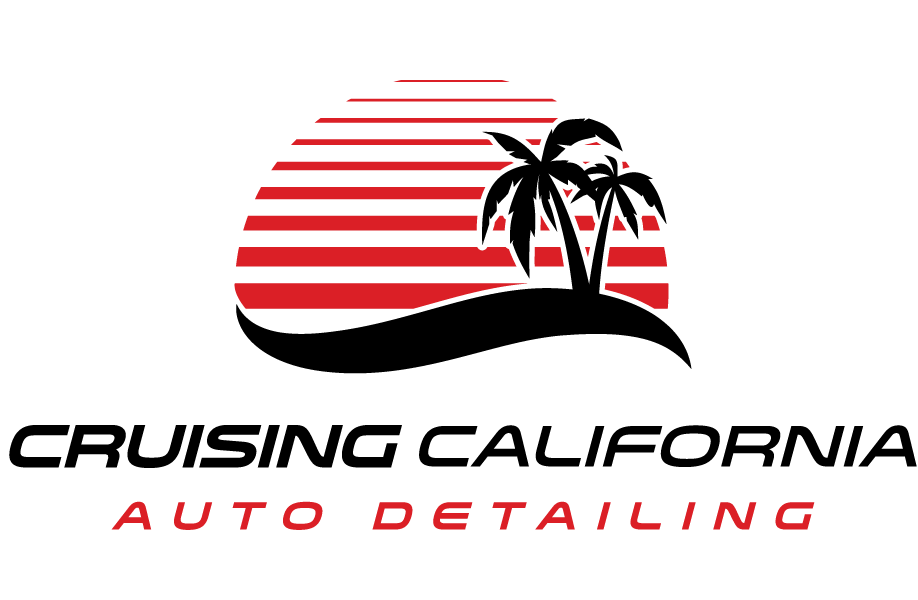The Best Ceramic Coating Solutions for Tesla Owners: Top Protection for Your Vehicle
Navigating the world of car care for your Tesla can feel overwhelming, especially when it comes to deciding how to protect that beautiful paint. With countless products available, how do you know which ones are truly worth your time and money? Enter ceramic coatings—a game-changer for Tesla enthusiasts looking to keep their vehicles looking sharp without frequent reapplying. These revolutionary coatings not only provide a long-lasting shield against the elements but also enhance the natural beauty of your car. After hours of research and countless discussions with fellow Tesla owners, I've compiled this guide to highlight the best ceramic coating solutions tailored just for you and your stunning electric vehicle. Let’s dive into why these coatings are essential and explore your top choices!
The best ceramic coating solutions for Tesla owners include Meguiar's Hybrid Ceramic Wax, which provides protection and enhances shine, and Turtle Wax Hybrid Solutions, known for its superior performance in independent tests. Both options offer cost-effective, DIY applications that deliver long-lasting results, typically lasting around six months when applied properly.
Why Choose Ceramic Coating for Your Tesla?
When it comes to protecting your Tesla's paint finish, ceramic coatings shine in more ways than one. For starters, these coatings create a chemical bond with your vehicle's surface. This bond results in an incredibly durable protective layer that helps resist everyday wear and tear. While traditional wax or sealants may only sit on the surface, ceramic coatings penetrate deeper, providing protection that lasts much longer.
One of ceramic coating’s most significant advantages is its hydrophobic properties. This means that water will bead up and roll off your paint instead of settling on it. It significantly reduces the chances of water spots forming after a rain shower, which can be especially noticeable on that sleek exterior of a Tesla. Not only does it keep your vehicle looking pristine, but it also means you'll spend less time washing your car—reports indicate you could cut your wash frequency by nearly 50%!
The durability of ceramic coatings makes them an excellent investment for Tesla owners who want their vehicles to maintain resale value. With a lifespan of two to five years depending on the product and how well it's maintained, you'll have peace of mind knowing that your car's paint is protected from harmful UV rays and environmental contaminants like tree sap and bird droppings. Plus, many products offer gloss retention, meaning your vehicle continues to look sharp with an impressive shine.
Moreover, choosing ceramic coating over other options like paint protection film (PPF) can save you considerably. While PPF serves as a physical barrier against chips and scratches, the cost of full-body wraps can exceed $4,000! In contrast, high-quality ceramic coatings can often provide comparable protection for as little as $30 when applied DIY-style. It’s clear that ceramic coatings are not just a fleeting trend among Tesla owners but rather a practical solution for those serious about keeping their vehicle's appearance at its best while offering long-lasting protection. As we move forward, we'll look into the top choices available for enthusiasts wanting to invest in these protective solutions.
Easy Application Methods
When it comes to applying ceramic coatings like the SB3 Money Ceramic Quick Detailer, many Tesla owners find comfort in the simplicity of the process. The notion of DIY (Do It Yourself) might seem daunting at first, but breaking it down into clear steps makes it feel less overwhelming. This easy-to-follow guide ensures that even those who are new to car maintenance can achieve results like a pro.
Step-by-Step Guide
- Preparing the Surface: Preparation is critical to successful application. Begin by washing your Tesla thoroughly. Use a high-quality automotive soap to remove dirt, debris, and any residue. After washing, dry the surface meticulously; this speaks directly to the coating's ability to bond effectively. Any leftover grime can compromise the finish, which is not what you want when you're aiming for that impeccable shine. Imagine gearing up for a big game; you wouldn’t step onto the field without first practicing, right? It’s similar here—prep work sets the stage for everything that follows.
- Applying the Coating: Now it's time for application. Grab your microfiber cloth and spray a small amount of the ceramic detailer directly onto it or onto a small section of the vehicle. The key here is to apply straight lines rather than circles. Moving in straight lines helps distribute the product evenly and prevents streaks from forming. Think of this as painting a canvas; keeping your strokes consistent creates a beautiful finish. If you’ve ever tried to avoid smudging while painting your nails, you know that maintaining control is essential to avoid messy results.
- Buffing: Once you've applied the coating and given it a few minutes to set – about five to ten should suffice—it’s time to buff it out. Using another clean microfiber cloth, gently buff the area until it shines, ensuring an even finish. This step enhances gloss and eliminates excess product that may have bonded unevenly. The satisfaction of seeing that deep shine under sunlight is worth every moment spent on preparation and application. ProTip: To maximize results, dedicate time each month to incorporate this application method into your maintenance routine. Just a little effort consistently goes a long way in keeping your Tesla pristine.
Lastly, remember: while using DIY methods can save money compared to professional services, they require attention to detail and an understanding of proper techniques. Investing time into learning these methods will reward you with not just an appealing vehicle but also pride in your hands-on efforts. Imagine cruising in your well-maintained Tesla, reflecting sunlight off its gleaming surface; that's that feeling you’re working towards! As we transition from these practical application methods, let’s explore how longevity is impacted by ceramic coatings and what that means for everyday usage.
Longevity and Durability Insights
When considering ceramic coatings for your Tesla, it's vital to understand that their lifespan can greatly vary. While some coatings may only endure a few months, others boast incredible durability, surviving for several years with proper care. For instance, professional-grade products can offer an impressive durability of up to 7 years when applied correctly. This means that not only are you investing in a product that enhances your vehicle's appearance, but also one that can withstand the test of time—providing long-term protection against harmful environmental factors.
It's important to note that the effectiveness of a ceramic coating largely depends on two key elements: the quality of the product itself and how well it is maintained post-application. On the other hand, many DIY ceramic coating solutions typically last around six months. However, these budget-friendly options come with a caveat; they require reapplication every 3-4 months to maintain their protective abilities. This regular upkeep might seem inconvenient at first glance, but it is crucial for ensuring your vehicle remains shielded from contaminants such as dirt, road salts, and UV exposure prevalent in various U.S. environments.
Think of it as building a relationship; the more effort you put in, the more rewards you'll reap over time. Moreover, it's essential to consider seasonal variations in your maintenance routine. Every 3-4 months, applying a ceramic boost spray can renew hydrophobic properties—helping to repel water and contaminants effectively. Annual decontamination washes using pH-neutral iron removers will also aid in removing any materials that have embedded themselves despite your efforts. Ultimately, committing to ongoing maintenance not only enhances longevity but safeguards your investment against potential degradation from natural wear and tear.
By prioritizing quality products and regular upkeep, you ensure that your electric vehicle maintains its pristine condition for years to come. The journey to maintaining optimal paint protection involves understanding various techniques and solutions tailored for vehicles like yours. As we explore further, we'll look into methods that elevate both functionality and aesthetic appeal of your prized possession.
Enhancing Vehicle Appearance
Ceramic coatings don’t just serve as a shield for your Tesla; they also transform its overall aesthetics in ways that typical wax products simply can’t match. The moment you apply a quality ceramic layer, you’ll notice an immediate enhancement to the depth and clarity of your paint. It’s almost as if someone turned up the saturation on a photo, where every color pops and shimmers in the sunlight, making your Tesla more visually striking than ever before.
This aesthetic boost is not merely superficial; it reflects the meticulous engineering behind these products. When properly applied, these coatings bond at a molecular level with your car’s surface, creating a hydrophobic barrier that repels water and grime. Imagine rainwater beading off your vehicle like marbles instead of turning into a grimy mess—this is what ceramic coating offers. Not only does it contribute to looks, but it also keeps your car cleaner for longer periods.
Remember, while some may argue that regular waxing can achieve similar results, such treatments require frequent upkeep and often come with limitations. Wax can wear away quickly under various environmental factors like UV rays and acid rain, whereas ceramic coatings stand strong against these elements. In fact, many users proclaim that once they've experienced the ease of care with ceramics, they seldom look back. As one owner succinctly put it, "It feels like my Tesla is always ready for a photo shoot!"
Now if you’ve ever found yourself torn between investing in a ceramic coating or sticking to traditional waxes, consider this: while both products offer shine and some degree of protection, the long-lasting effectiveness of ceramics holds a significant advantage over time. Having to reapply wax every few months means extra cost and labor for you—not to mention potential inconsistencies in finish from application to application.
While protecting your Tesla’s integrity is crucial, there are also important practices to ensure that protection lasts effectively over time. Exploring these will help you fully enjoy the benefits of your investment.
Maintenance Tips for Lasting Protection
Regular upkeep ensures the longevity of your ceramic coating, which is especially important for Tesla owners navigating through diverse weather conditions. It's not just about looks; it's about preserving that protective layer against dirt, grime, and harsh environmental factors. Therefore, establishing a washing routine is key. Aim for weekly washes if your vehicle encounters excess dirt or every 2-4 weeks if it’s relatively clean. This simple practice plays a crucial role in keeping your coating intact and ensuring your vehicle stands out through all seasons.
Using pH-neutral car shampoos is essential! Opt for pH-neutral car shampoos, as they are gentle on the ceramic coating yet effective at removing contaminants. Harsh chemicals can strip away protective layers, leaving your vehicle vulnerable to damage. Imagine using a strong cleaner on your skin—while it may feel clean initially, it eventually leads to irritation. The same principle applies here! So, keep an eye out for products explicitly labeled as safe for ceramic coatings.
Hand washing is generally preferable for preserving the integrity of your ceramic coating. If you're short on time and must choose an automatic option, select touchless car washes without rotating brushes to minimize contact with your vehicle's surface and reduce the risk of abrasions. A noteworthy tip involves taking some extra time after each wash to inspect the surface for water spots or scratches. Regular inspections help catch minor imperfections early before they become significant issues later on. Just like regular health check-ups ensure you’re functioning optimally, these simple visual checks maintain your vehicle's condition.
Seasonal Care
Every few months, consider incorporating ceramic boost sprays into your routine. These sprays enhance the coating's hydrophobic properties—allowing rain and moisture to bead off instead of adhering to the surface. This added layer of protection can significantly extend the life of the coating while also keeping your car cleaner for longer periods between washes.
Additionally, investing in quality tools is essential in this maintenance journey:
- Microfiber towels: Gentle on surfaces and effective at capturing dirt.
- Wash mitts: Soft materials that help prevent scratches while ensuring thorough cleaning.
- Maintenance kit: Consider a complete kit that includes everything from pH-neutral shampoo to detailer sprays for those little touch-ups.
By weaving these practices into your schedule and understanding their significance, you can maximize both the aesthetic appeal and protective capabilities of your Tesla’s ceramic coating over many years to come. In maintaining proper care, you will not only preserve the beauty of your Tesla but also enhance its longevity against environmental challenges. With these strategies, you'll ensure that your investment remains protected and looking great year after year.
Premium Ceramic Coating Services for Tesla in El Cajon, CA
Protect your Tesla’s sleek finish with CCA Detailing & Ceramic Coating | PPF’s top-tier ceramic coating services. Our advanced coatings offer superior protection against environmental contaminants and UV damage while maintaining your vehicle’s stunning appearance. With expert application tailored to your Tesla’s unique needs, we ensure long-lasting shine and enhanced durability. Invest in the best protection for your Tesla today—book your ceramic coating service with us in El Cajon, CA!


